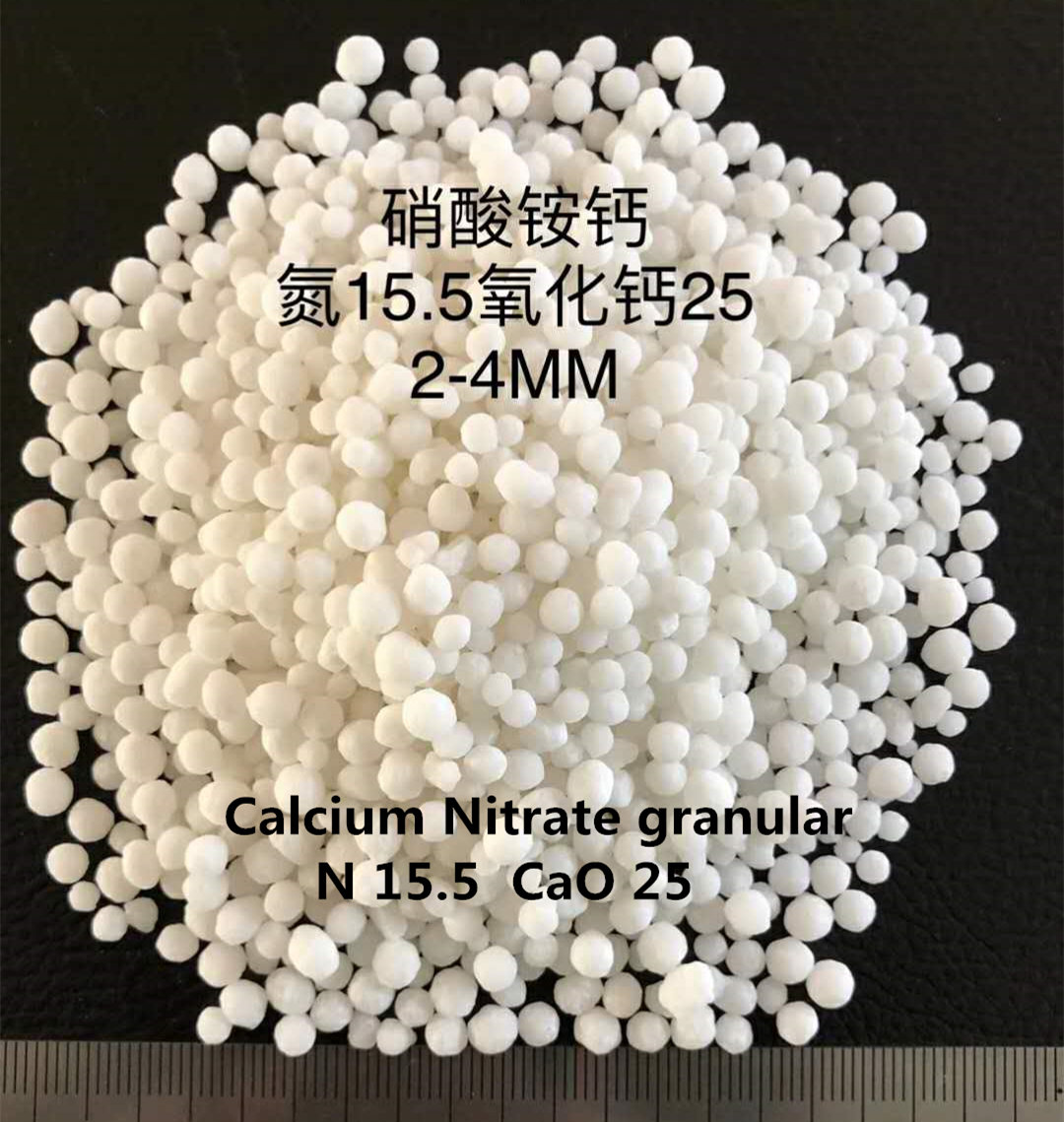
Th10 . 18, 2024 10:52 Back to list
Monoammonium phosphate as an essential fertilizer for optimal plant growth and development.
Mono Ammonium Phosphate Fertilizer A Comprehensive Overview
Mono ammonium phosphate (MAP) is a popular and highly efficient fertilizer that combines critical nutrients essential for plant growth. As a compound fertilizer, MAP provides plants with phosphorus and nitrogen, two of the primary macronutrients that play crucial roles in plant health, development, and yield. This article explores the characteristics, benefits, application methods, and environmental considerations of mono ammonium phosphate fertilizer.
Composition and Characteristics
Mono ammonium phosphate is a chemical compound with the formula NH4H2PO4. It contains around 11% nitrogen, typically in the ammonium form, and 48% phosphorus pentoxide (P2O5), translating to around 22% actual phosphorus. This unique composition makes MAP a preferred choice among farmers and agronomists, particularly for crops that have high phosphorus requirements.
MAP is usually available in granulated or powdered forms, which facilitates easy application and incorporation into the soil. The granules have a relatively low solubility in water, allowing them to slowly release nutrients and reduce the risk of leaching, ensuring that plants can access the nutrients over an extended period.
Benefits of MAP Fertilizer
1. Enhanced Plant Growth The nitrogen in MAP supports the growth of leaf and stem tissues, while phosphorus plays a critical role in root development, flowering, and fruiting. The balanced nutrient profile of MAP promotes vigorous growth and higher crop yields.
2. Improved Soil Fertility Using MAP helps improve soil fertility by enriching it with essential nutrients. This can enhance microbial activity in the soil, leading to better nutrient availability for plants.
3. Versatility MAP can be used across a wide range of crops, including cereals, vegetables, and fruit-bearing plants. It is especially beneficial for crops that thrive in slightly acidic conditions, making it suitable for diverse agricultural settings.
4. Cost-Effectiveness The high nutrient content of MAP means that fewer applications may be needed compared to other fertilizers, leading to lower costs in the long run. This efficiency makes it an economical choice for farmers seeking to maximize their return on investment.
mono ammonium phosphate fertilizer

Application Methods
MAP can be applied using various methods, including broadcasting, banding, or drilling. Each method has its advantages and can be chosen based on the specific crop type and growth stage.
- Broadcasting involves spreading the fertilizer evenly over the field, which is effective for larger areas but may not be suitable for all crops. - Banding places the fertilizer in concentrated bands near the seeds, allowing better access to nutrients during critical growth phases. - Drilling involves placing the fertilizer in rows directly with the seeds, providing immediate access to nutrients as the plants germinate.
Farmers and agronomists should consider soil tests to determine appropriate application rates and timings based on the specific nutrient needs of their crops and soil conditions.
Environmental Considerations
While MAP fertilizer is an effective way to enhance crop production, it is essential to use it responsibly to minimize environmental impacts. Over-application can lead to nutrient runoff, affecting water bodies and causing eutrophication, which can disrupt aquatic ecosystems.
Farmers should follow best management practices, including applying the correct amount based on soil tests, timing applications to coincide with plant nutrient uptake, and using techniques like cover cropping and conservation tillage to maintain soil health and prevent erosion.
Conclusion
Mono ammonium phosphate fertilizer is a powerful tool in modern agriculture, providing vital nutrients that support plant growth and productivity. By understanding its composition, benefits, and proper application methods, farmers can optimize their use of MAP to achieve sustainable farming practices. Coupled with responsible management practices, MAP can significantly contribute to increasing food production while preserving environmental integrity. As agricultural demands continue to rise, fertilizers like MAP will play an increasingly important role in ensuring food security around the globe.
-
Premium Amino Acid Fertilizer | Rapid Plant Growth Booster
NewsJul.31,2025
-
10 10 10 Fertilizer Organic—Balanced NPK for All Plants
NewsJul.30,2025
-
Premium 10 10 10 Fertilizer Organic for Balanced Plant Growth
NewsJul.29,2025
-
Premium 10 10 10 Fertilizer Organic for Balanced Plant Growth
NewsJul.29,2025
-
Premium 10 10 10 Fertilizer Organic for Balanced Plant Growth
NewsJul.29,2025
-
50 Pound Bags of 13-13-13 Fertilizer for All Plants – Bulk & Organic Options
NewsJul.28,2025
